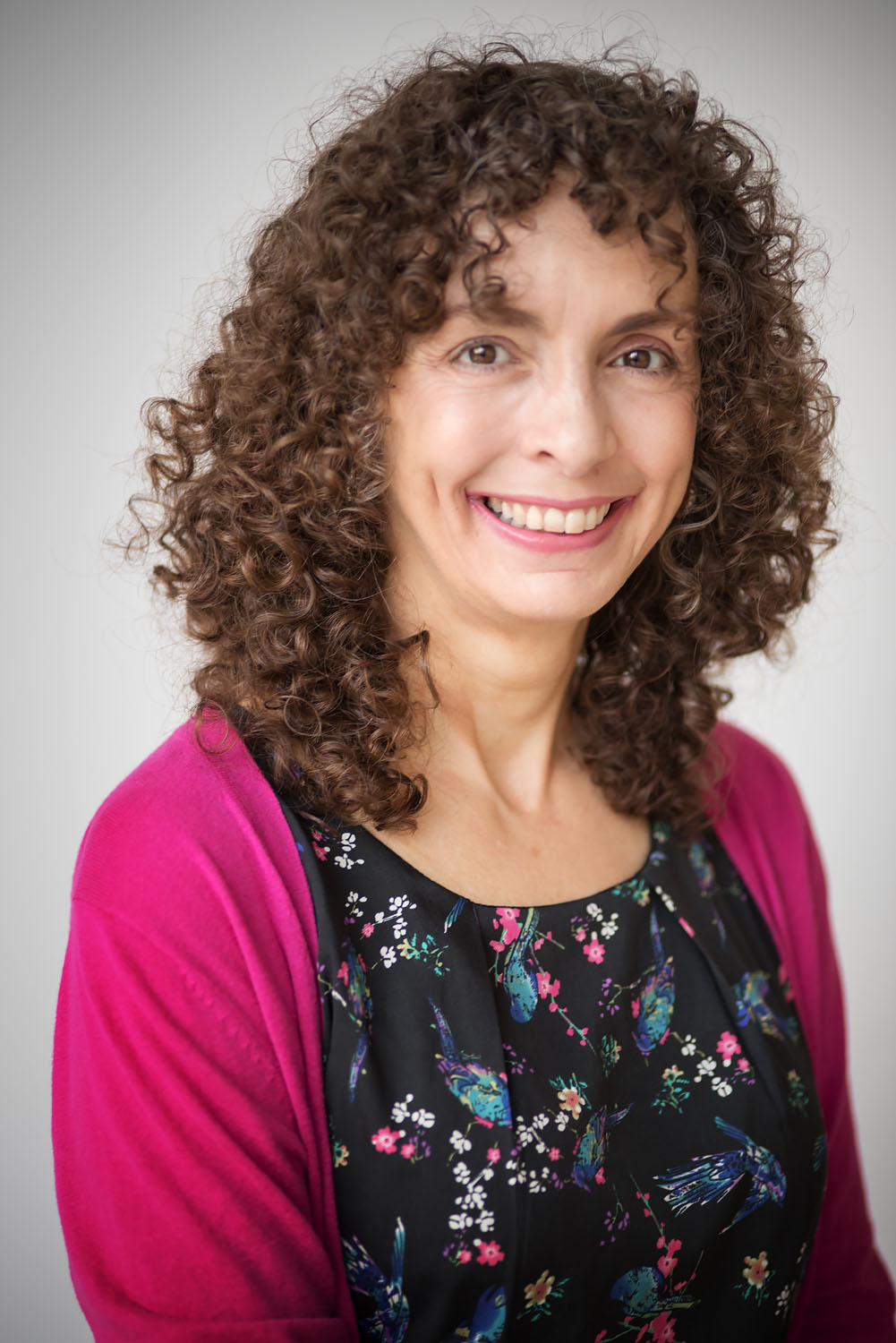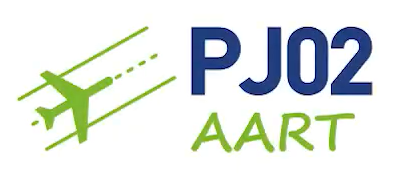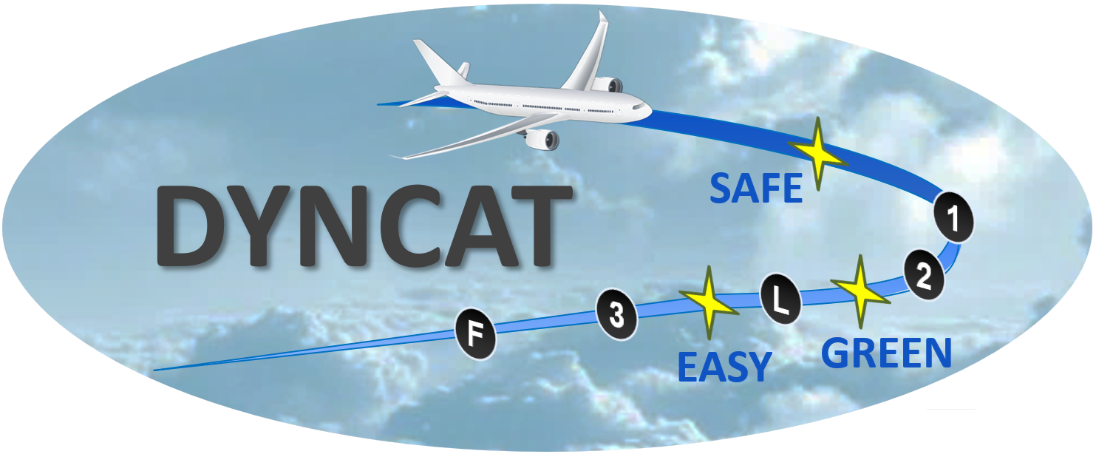By Olivia Nunez, ATM expert, SESAR 3 Joint Undertaking

A move to alternative fuel sources is undoubtedly where the aviation industry will be able to make the largest and most long-lasting inroad into decarbonising its operations, but it is not the only area where energy efficiencies can be made. Research and innovation is showing how emission savings, albeit smaller, can be made in the shorter term by introducing new technologies and procedures into air traffic management (ATM).
The European Green Deal launched by the European Commission in December 2019 aims to create the world’s first climate-neutral bloc by 2050. This ambitious target calls for deep-rooted change across the aviation sector and places significantly stronger focus on the environmental impact of flying. Multiple technology pathways are required, one of which is the digital transformation of air traffic management, where SESAR research innovation comes into play. The SESAR 3 Joint Undertaking and its partners are looking at every phase of flight and use of the airspace, and seeing what technologies can be used to eliminate fuel inefficiencies. The partnership is also investing in synchronised data exchange and operations on the ground and in the air to ensure maximum impact. The ambition is to reduce by 2035 average CO2 emissions per flight by 0.8-1.6 tonnes, taking into account the entire flight from gate to gate, including the airport. Below are just some of the innovations in the pipeline.
Greener taxiing
Even before it takes off, a taxiing aircraft has already burned an estimated 200 Kg of jet fuel resulting in 600 Kg of CO2! Taxibots, e-taxi systems, and single engine taxiing are some of the technologies under investigation by partners in a number of SESAR research projects that could reduce fuel consumption of aircraft on the ground by between 50% and 85%. The AEON project is exploring solutions to assess the appropriate taxiing techniques for each flight, as part of the airport’s collaborative decision-making system, and to integrate support for environmentally-friendly taxiing into the advanced surface movement guidance and control system (A-SMGCS). Meanwhile, the use of taxibots is being tested now in Amsterdam Schiphol airport as part of the ALBATROSS very large-scale demonstration with further trials planned in the recently started HERON Digital Sky Demonstrator.
AEON: https://www.aeon-project.eu/
ALBATROSS: www.sesarju.eu/projects/albatross

Fuel and climate-optimised trajectories
More fuel-efficient flying is already in the air with the SESAR Solution free routing, which, when fully operational in 2025, is expected to save millions of tonnes of CO2 emissions across Europe. Added to that are technology improvements in the air and ground. For example, the 4DSkyways project is showing how with automatic dependent surveillance – contract (ADS-C) and extended project profile (EPP) becoming available, aircraft have the capability to downlink and share their predicted trajectory (extended project profile, speed schedule) from the flight management system (FMS) to the ground system tools. This data is very valuable since it offers an accurate picture in real time of the aircraft’s intentions and performance (lateral & vertical profiles). At the same time controller-pilot data link communications, CPDLC, allow for a fast exchange of text messages via data link between air traffic controllers and pilots and the ability to optimise the trajectories in real time.
But as much as the goal of reducing carbon emissions is important, the warming impact of aviation caused by the other chemicals emitted by jet engines should not be overlooked. For example, the emissions of water vapour that form the contrails we see in the sky may seem harmless (what harm can water do?). In fact, when the suspended ice content in high aircraft contrails do not dissipate, persistent contrails trigger a chain reaction that leads to what is known as aviation-induced cloudiness, which typically has a warming effect on the climate. In addition to water vapour, flying aircraft also release nitrous oxide (NOx) and particulate matter. The effects of these non-CO2 emissions are strongly dependent on weather and vary considerably according to atmospheric conditions, such as air temperature and altitude. It is estimated that they may account for as much as two thirds of the impact of aviation on climate change, with the other third being CO2. The good news is that the impact of non-CO2 emissions is dependent on the atmospheric conditions at the exact place where the aircraft is. A small deviation to the route of a flight can make all the difference, for example, by avoiding areas of persistent contrails in favour of areas where contrails dissipate quickly. This is where ATM can provide enormous relief. The SESAR FlyATM4E project modelled these climate impact metrics in multiple environments including trans-Atlantic routes, and explored the feasibility of a concept for aircraft avoiding the more sensitive areas, otherwise known as “big hits”. Their modelling found that in most cases it should be possible to apply effective re-routing strategies in support of more eco-efficient routes and climate-optimised aircraft trajectories. Follow-up work in the Digital European Sky research and innovation programme will make this a reality in the next few years.
4DSkyways: www.sesarju.eu/projects/4DSkyways
FlyATM4E: https://flyatm4e.eu/

More sustainable approach and landing
As pilots prepare for descent, they need to configure the aircraft for landing and reduce speed prior to touch down. Flying an energy-efficient approach and descent down to the runway relies on the flight crew managing thrust, flaps, slats and landing gear extension throughout the descent, while still incorporating speed or altitude restrictions imposed by ATC in real time. The SESAR project DYNCAT explored new concepts for new flight management system (FMS) functionalities to support flight crews in maintaining the most energy-efficient configuration as the situation evolves. The solution will be applicable to any FMS-equipped fixed-wing aircraft, i.e. virtually all business and commercial aircraft types flying today.
In contrast to the instrument landing system (ILS) in use today, which is a one-size-fits-all approach path for each runway end, the new satellite-based approach procedures allow flexibility in the design. The SESAR PJ.02-W2 AART project and DREAMS very-large scale demonstration have tested and demonstrated with live flights a number of these satellite-enabled concepts. For example, satellite-based approach designs can allow more than one threshold to the same physical runway. Wide-body aircraft will always have to land at the first threshold and use the whole runway length, but narrow-bodies can choose which runway threshold to aim for depending on where their gate is, hence reducing their taxi time and emissions. Satellite technology also allows flexibility in the glide slope angle compared to ILS; aircraft flying higher angle approaches will have a reduced noise impact over the communities neighbouring the airport.
AART: www.sesarju.eu/AART
DREAMS: www.sesarju.eu/projects/DREAMSVLD
DYNCAT: www.sesarju.eu/projects/dyncat



Tackling the inefficiencies of oceanic air travel
Long-haul oceanic flights have the most impact on the environment, not only because they are longer, but also due to the absence of air traffic infrastructure like radar and VHF radio antennas, which force air traffic control procedures to be more conservative and hence less efficient. However, crossing the Atlantic by ship is not really an option unless you have lots of time on your hands, which is why SESAR is working hard to close the gap between oceanic and continental airspace. The solution is once more based on satellite technology, which can provide an infrastructure that is as good as that over land, but with global coverage. The SESAR VOICE project and its follow-up project ECHOES are aiming at validating the use of VHF voice and datalink via VDL Mode 2 over the Atlantic. First, they will have to launch the first satellites of the new low-Earth-orbit constellation STARTICAL; this will be the first constellation ever to be fully dedicated to ATM applications. Once in place, the SESAR solutions for oceanic and remote areas will dramatically reduce the inefficiencies of oceanic air travel.
VOICE: http://www.voicesesar.com

